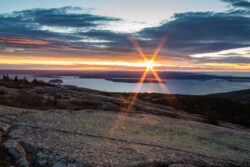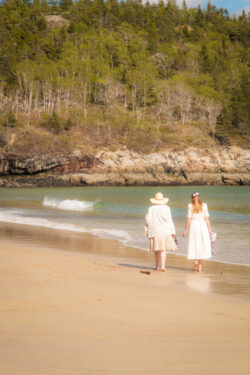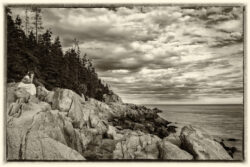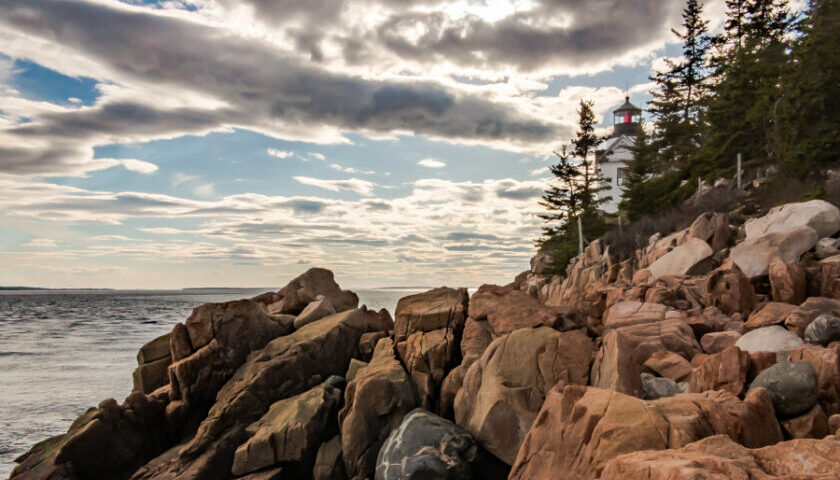This excursion was an opportunity to explore a National Park close to home with my eldest daughter Allysen and her best friend Rachel. A relaxing road trip along the Maine coast to visit some old family haunts along the seacoast and share favorite family memories while making new ones. We stayed at the Bar Harbor/Oceanside KOA just as you pull onto Mount Desert Island and it was a good choice to be away from the crowded areas. However, it was a bit of a drive to get to Bar Harbor and the points of interest within the Park. Acadia National Park is located in the state of Maine on Mount Desert Island which the Park preserves about half of the island, many adjacent smaller islands. Acadia was initially designated Sieur de Monts National Monument by proclamation of President Woodrow Wilson in 1916. Sieur de Monts was renamed and redesignated Lafayette National Park by Congress in 1919; the first national park in the United States east of the Mississippi River and the only one in the Northeastern United States. The park was renamed Acadia National Park in 1929. The park includes mountains, an ocean coastline, coniferous and deciduous woodlands, lakes, ponds, and wetlands encompassing a total of 49,075 acres. Key sites on Mount Desert Island include: Cadillac Mountain—the tallest mountain on the eastern coastline and one of the first places in the United States where one can watch the sunrise. Thunder Hole where waves crash loudly into a crevasse around high tides, and a sandy swimming beach called Sand Beach, and numerous lakes and ponds. Native Americans of the Algonquian nations have inhabited the area called Acadia for at least 12,000 years. They traded furs for European goods when French, English, and Dutch ships began arriving in the early 17th century. Samuel de Champlain named the island Isle des Monts Deserts (Island of Barren Mountains) in 1604. Summer visitors, nicknamed rusticators, arrived in 1855, followed by wealthy families, nicknamed cottagers as their large houses were quaintly called cottages. Charles Eliot is credited with the idea for the park. George B. Dorr, the “Father of Acadia National Park,” along with Eliot’s father Charles W. Eliot, supported the idea through donations of land, and advocacy at the state and federal levels. John D. Rockefeller Jr. financed the construction of carriage roads from 1915 to 1940. A wildfire in 1947 burned much of the park and destroyed 237 houses, including 67 of the millionaires’ cottages.
Text Credit: Wikipedia
 |
 |
 |
|
|
||


